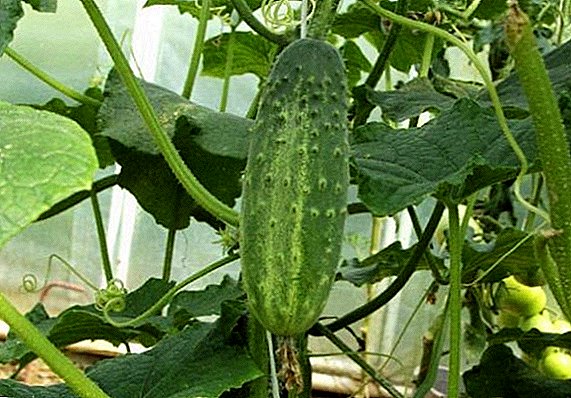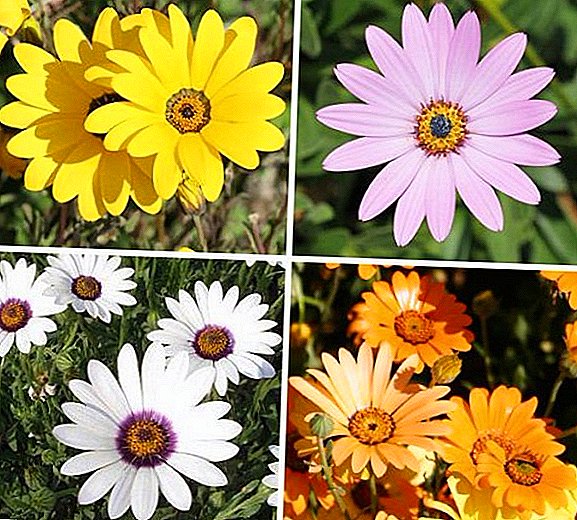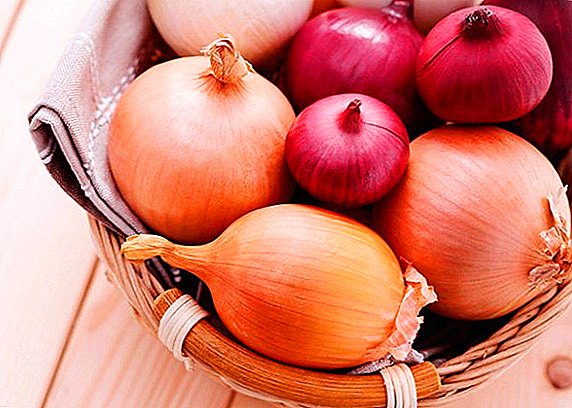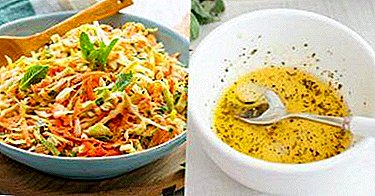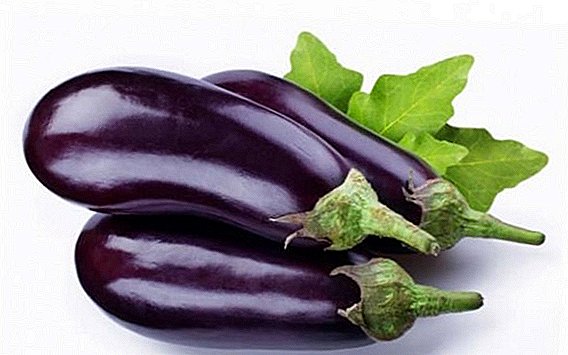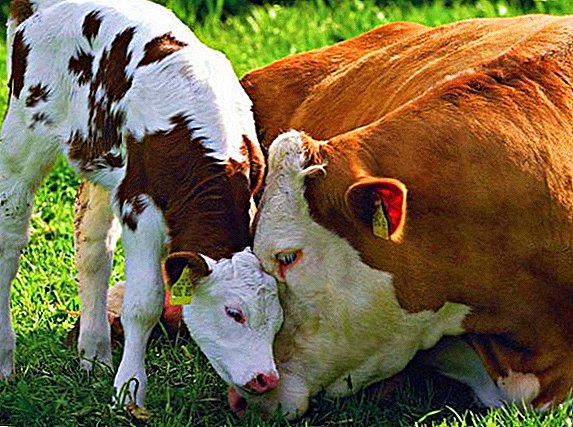 In veterinary medicine, it is possible to diagnose certain diseases based on behavioral symptoms, such as dental creaking. Cows and calves feeling sick are often gritting their teeth, which can be a symptom of serious diseases: from gastroenteritis to ruminant disorders. Dental grinding is sufficient reason to invite a veterinarian to inspect the animal. Consider the causes of this phenomenon and how to eliminate it in the article.
In veterinary medicine, it is possible to diagnose certain diseases based on behavioral symptoms, such as dental creaking. Cows and calves feeling sick are often gritting their teeth, which can be a symptom of serious diseases: from gastroenteritis to ruminant disorders. Dental grinding is sufficient reason to invite a veterinarian to inspect the animal. Consider the causes of this phenomenon and how to eliminate it in the article.
Why calf teeth grit
It is quite common when an animal emits a gnashing of teeth, being completely healthy, just the impurities in the form of sand or soil just got into the animal's mouth along with the gum. The same sounds can be emitted by cattle making chewing movements without food in the mouth.
With all the above cases, the breeder is easy to handle. Just need to pay attention to the diet for pets: the food should not get sand or soil.
Did you know? Cows can see almost 360 degrees, but they do not see well in front of them. Therefore, in order to look at the object directly in front of it, they usually turn their heads to one side.The creaking of the teeth of a cow or calf can also be a symptom of diseases of the stomach or intestines:
- gastroenteritis.
- white muscle disease.
- parakeratosis scar.

All of these diseases occur either in the first few weeks after birth or, as a parakeratosis of the scar, upon reaching a calf of six months. The main reason for most of them - a violation of proper diet. Only white muscle disease occurs due to micronutrient deficiencies and viruses.
External symptoms of the disease to establish the correct diagnosis is not enough. To understand the reason why the calf is gritting his teeth, it is necessary to conduct laboratory tests. This is especially true in white muscle disease, which is difficult to recognize in the early stages.
Read more about what the calf does cough, as well as if it is sluggish and does not eat well.
Without tests, it is easy to make a mistake in diagnosis, and without appropriate treatment, cattle often die. The probability of death in the absence of veterinary care is 60-90%.
To correctly determine the diagnosis, such analyzes are necessary:
- General blood analysis - insufficient red blood cell and protein indicates white muscle disease.
- General urine analysis - there is protein in the urine, an acid reaction is present, the amount of creatine is increased; all this indicates that the cow is sick.
- Analysis to determine the level of histamine in the rumen - if its level is high and an acidic medium is also detected, this indicates a parakeratosis of the scar.
 The veterinarian in these cases prescribe drugs: tocopherol, selenium, "Trivitamin", as well as special protein hydrolysates and amino acids with high sulfur content.
The veterinarian in these cases prescribe drugs: tocopherol, selenium, "Trivitamin", as well as special protein hydrolysates and amino acids with high sulfur content.Important! The external symptoms of gastroenteritis are very similar to diseases of an infectious or parasitic nature, so special attention is paid to the number of leukocytes, erythrocytes, hemoglobin and ESR when testing blood in the laboratory.
Sand in the mouth
Sand or small pebbles can get on the teeth of cattle, often this happens simultaneously with the adoption of food. People who hold a cow are familiar with situations where cattle eat plaster from the walls of the barn. It also happens that a cow can chew straw bedding.
Such unusual eating habits most likely indicate a lack of calcium in the body, starting rickets, or the need to diversify a cow’s diet. It is also advisable to regularly inspect calves to prevent rickets. 
No gum
The source of tooth gnashing can be the lack of ruminant feed. Chewing is a congenital bovine reflex; in the absence of food, the cow or calf continues to chew anyway.
Important! The breeder must ensure the constant presence of a small amount of hay or straw in the feeder so that the cattle will not erase their teeth against each other when gnashing of teeth.In the absence of gum, the teeth are in contact with each other, and tooth creaks occur.
Video: what to do if a cow has lost gum
Parakeratosis scar
Symptoms of scar parakeratosis:
- profuse salivation;
- teeth grinding;
- flaccid intestinal peristalsis;
- poor appetite;
- weak scar reduction.
Did you know? The fact that the bull rushes into a rage on a red rag is a well-established myth. Cattle do not distinguish between red color and scarlet flags used by bullfighters in bullfights by matadors attract the attention of the bull due to their movement, not color.To cure an animal, it is given burnt magnesia, as well as sodium bicarbonate and vitamin A. After the calf recovers, it needs to be given only fresh, high-grade feed. If you do not adhere to the correct feeding regimen, the animal will fall ill again, since the parakeratosis of the rumen provokes poor nutrition.
Gastroenteritis
Symptoms of gastroenteritis:
- heat;
- the animal is weakened;
- diarrhea, in which cattle excrement contains mucus and blood clots.
 Gastroenteritis occurs when feeding animals with poor-quality feed:
Gastroenteritis occurs when feeding animals with poor-quality feed:- sour reverse;
- moldy bread, hay or other spoiled feed.
The body in this case, first of all needs to be cleansed. The calf is not fed for 24-36 hours; warm water (slightly salted) is offered to the animal as a drink. After this time, the baby is given acidophilic milk, oat flour, fresh milk invert. Recovered animal in the future on time and properly fed.
Familiarize yourself with the symptoms and treatment of gastroenteritis in calves.
White muscle disease
In white muscle disease, a metabolic disorder occurs and dystrophy of the muscles progresses, since fats, minerals and carbohydrates are not absorbed. Often this disease leads to irreversible changes in the muscles of the heart.
Symptoms of this disease:
- loss of strength to animals until it is impossible to stand on their feet;
- clouded eyes;
- stomach upset;
- offensive feces;
- complete loss of appetite.
Vitamins E and A, which must be injected subcutaneously or intramuscularly by injection, contribute to the cure of cattle from white muscular disease. An intramuscular injection of a preparation containing sodium selenite is also administered to the animal.
We recommend reading about how to treat white muscle disease in calves.
The introduction of drugs with sodium selenite should be strictly metered, as overdose threatens the calf death. If inflammation occurs on the skin at the injection sites (abscesses), the veterinarian will most likely recommend antibiotic treatment.
Preventive measures
In order for a cow or calf not to fall ill with the aforementioned illnesses, it is important to observe certain feeding and housing conditions:
- fresh food (without mold and fermentation);
- varied diet rich in trace elements;
- the absence of foreign inedible impurities in the feed;
- rachitis prophylaxis - walking outdoors and sunbathing, in winter supplements in vitamin D feed
 The creaking of teeth in cows or calves can have both quite harmless reasons, and be a sign of the development of serious diseases.
The creaking of teeth in cows or calves can have both quite harmless reasons, and be a sign of the development of serious diseases.Did you know? When cows digest food, fermentation takes place in the stomach, resulting in a large amount of methane gas. Cattle produce from 250 to 500 liters of gas per day.To successfully overcome the disease, it is important to correctly determine the diagnosis and quickly begin treatment.



